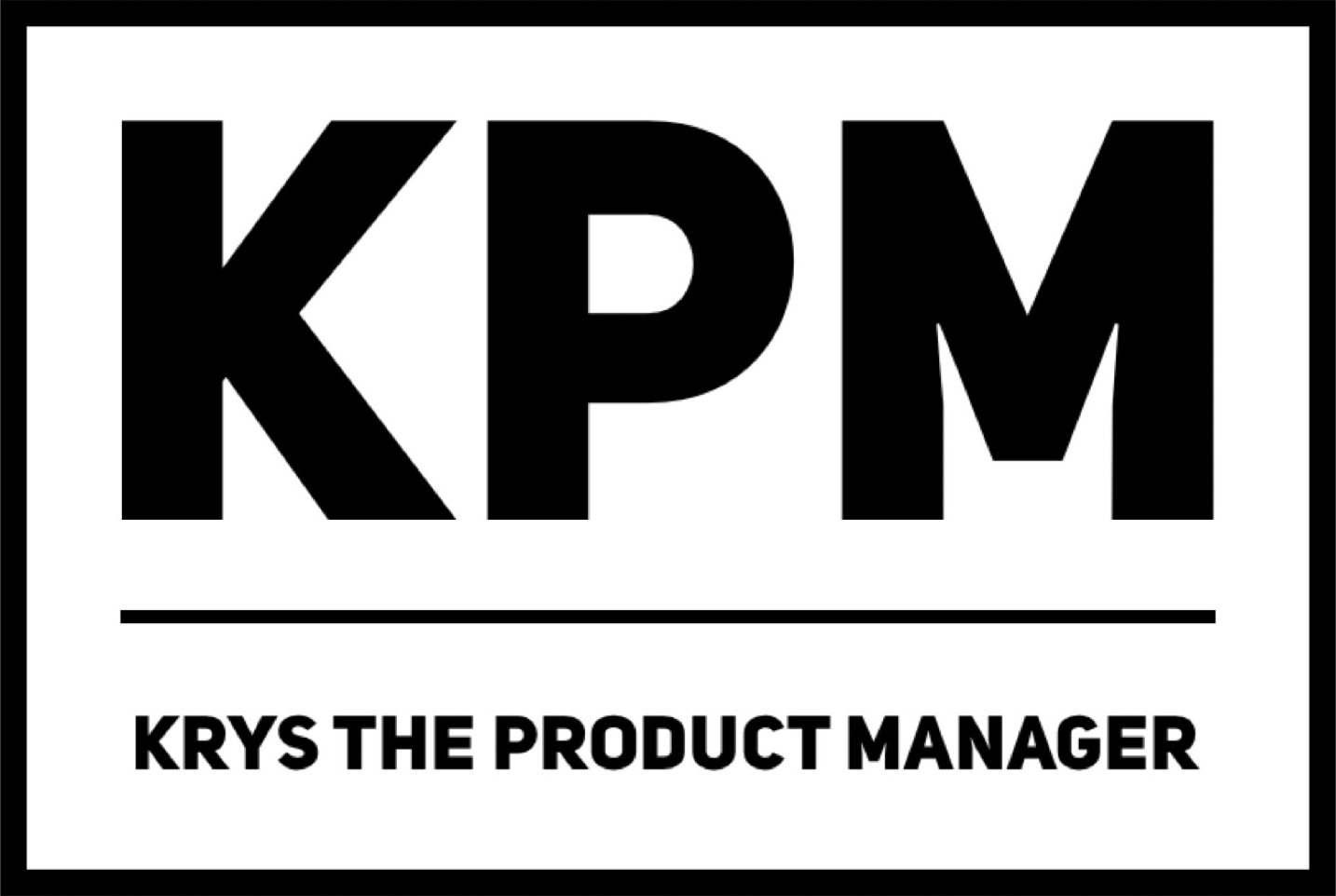Moving from tactical to strategic management is crucial if your goals include reaching senior-level management or overseeing a bigger portfolio. While tactical product managers focus on the day-to-day, strategic product managers look at the broader business objectives, market conditions, and long-term goals. This blog post aims to help you navigate this transition effectively.
The Tactical vs. Strategic Dichotomy
Tactical Product Managers
- Focus: Short-term, day-to-day activities.
- Scope: Limited to current sprints or product updates.
- Responsibilities: Writing user stories, overseeing QA, handling immediate roadblocks.
Strategic Product Managers
- Focus: Long-term, holistic view.
- Scope: Encompasses market trends, business strategy, and competitive landscape.
- Responsibilities: Strategic planning, resource allocation, and cross-functional collaboration.
1. Deepen Your Industry Knowledge
Why It Matters:
- Deep industry knowledge provides you with the context you need to make strategic decisions.
How to Implement:
- Regular Updates: Make it a habit to read industry reports, business news, and scholarly articles.
- Networking: Leverage professional organizations and social clubs to learn from peers and mentors.
2. Master the Art of Resource Allocation
Why It Matters:
- Being strategic means knowing how to optimally use resources for the long-term health of the product and company.
How to Implement:
- Budgeting: Understand your budget constraints and allocate resources in alignment with strategic objectives.
- ROI Analysis: Prioritize initiatives based on potential long-term return on investment.
3. Build Cross-Functional Relationships
Why It Matters:
- Strategic decisions often involve multiple departments such as sales, marketing, and engineering.
How to Implement:
- Inter-Department Meetings: Set up regular touch-points with other departments to understand their challenges and goals.
- Stakeholder Management: Build relationships with key decision-makers in your organization.
4. Develop Your Leadership Skills
Why It Matters:
- Moving into a strategic role often requires managing a larger team and being a thought leader within your organization.
How to Implement:
- Training Programs: Invest in leadership training and mentorship programs.
- Delegation: Learn how to delegate tactical tasks effectively to focus on strategic activities.
5. Think Long-Term
Why It Matters:
- Strategic management requires a shift in mindset from handling day-to-day issues to focusing on long-term objectives and growth.
How to Implement:
- Strategic Planning Sessions: Include long-term planning in your routine, balancing it with day-to-day management.
- Metric Setting: Establish long-term KPIs that align with the company’s strategic objectives.
6. Learn from Failures
Why It Matters:
- The transition to a strategic role can be fraught with failures and setbacks. These are invaluable for growth.
How to Implement:
- Post-Mortems: After each project, analyze what went well and what didn’t to gain insights for future initiatives.
- Feedback Loops: Regularly solicit feedback from your team and superiors to understand your areas for improvement.
7. Be a Visionary
Why It Matters:
- A strategic product manager should be able to articulate a clear and compelling vision for the product’s future.
How to Implement:
- Vision Statements: Craft a compelling product vision that aligns with the company’s broader objectives.
- Storytelling: Learn the art of storytelling to inspire your team and stakeholders.
8. Data-Driven Decision Making
Why It Matters:
- While tactical PMs use data for operational decisions, strategic PMs use it to inform long-term strategies.
How to Implement:
- Data Analytics Tools: Make use of advanced data analytics tools that offer long-term trend analysis.
- Competitive Analysis: Regularly analyze market and competitor data to inform your strategic planning.
Conclusion
Evolving from a tactical to a strategic product manager is a journey that involves a shift in mindset, responsibilities, and skill sets. If you’re keen on advancing in your product management career, you can’t afford to merely keep the ship steady; you need to know where it’s headed and why.
By focusing on the long-term, building cross-functional relationships, becoming a better leader, and leveraging deep industry knowledge, you’ll be better equipped to make this critical transition. It’s not just about climbing the corporate ladder; it’s about broadening your impact and fulfilling your potential.
